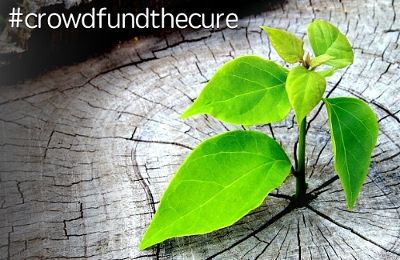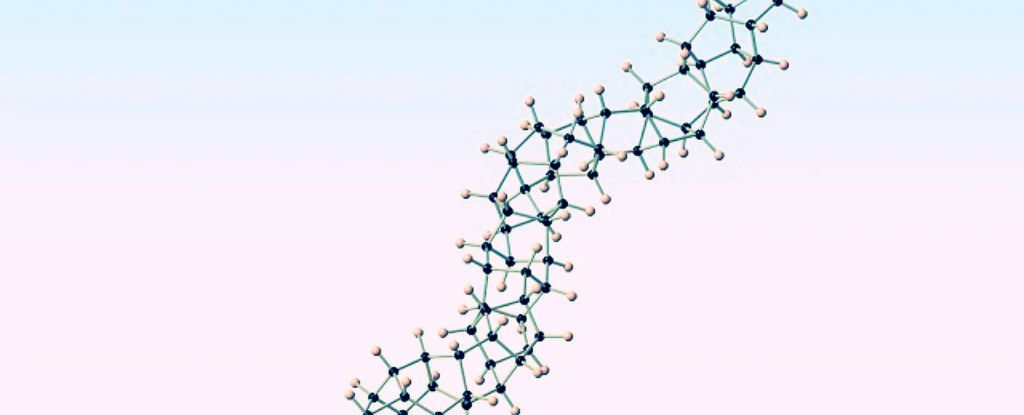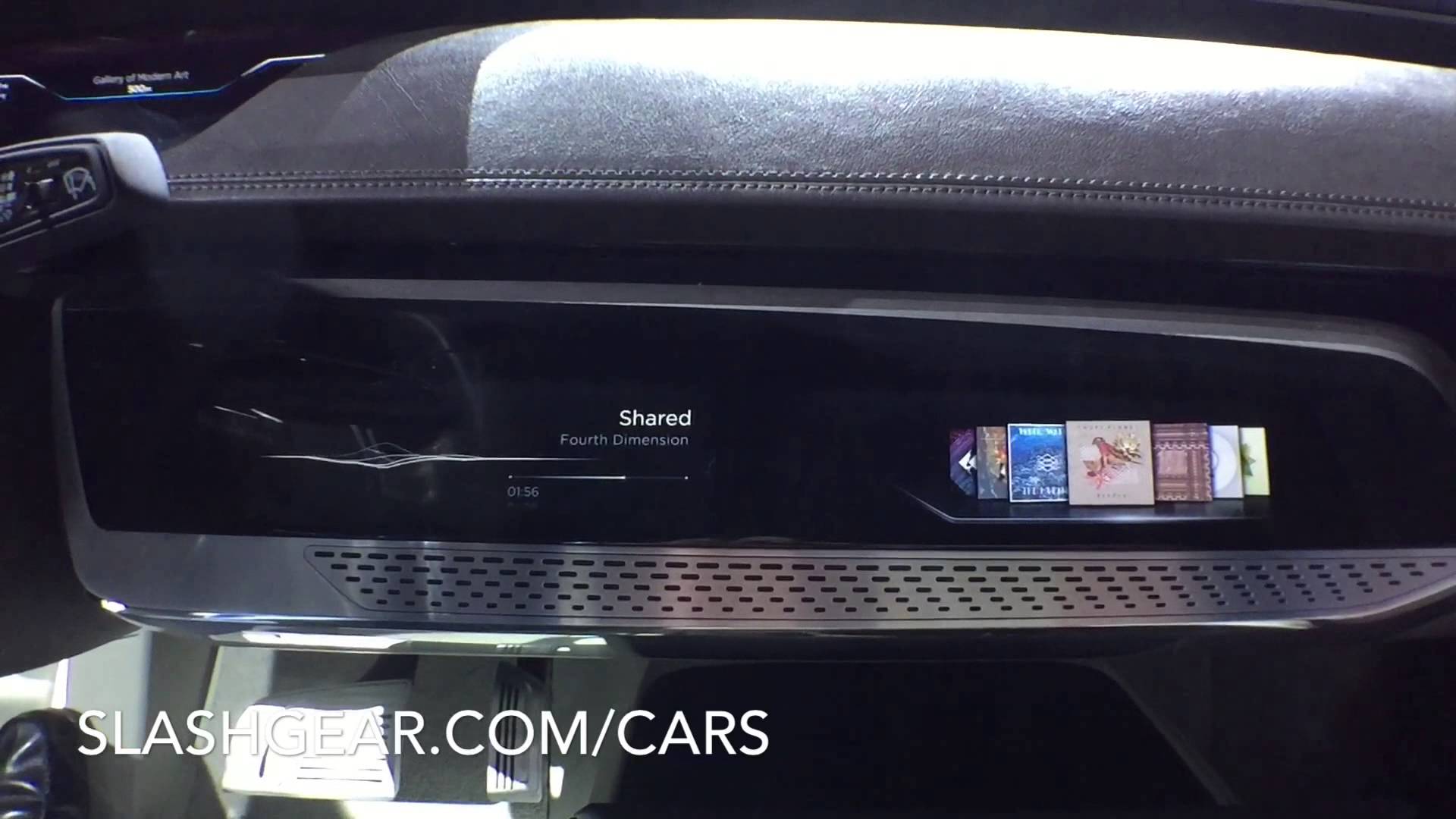NEW YORK, Aug. 26, 2015 /PRNewswire-iReach/ — The Life Extension Advocacy Foundation (LEAF) officially launches Lifespan.io, an online platform designed to bridge the gap between longevity researchers and the public who support breakthroughs happening in this burgeoning field.
Lifespan.io is a website designed to house today’s most promising life extension projects. People are invited to contribute financially to the ones they wish to support. This unique approach to crowdfunding gives the public the opportunity to learn about longevity research, meet the people making it happen, and allows them to be a part of promising, historical breakthroughs in life extension technologies.








